16 Best Foods for Weight Loss: Scientifically Backed Options for Your Diet!
Hey friends, Are you looking to shed some pounds in a healthy and sustainable way? The good news is that your journey to a healthier weight doesn’t have to mean bland, unsatisfying meals.
In fact, certain foods for weight loss can actually support your weight management goals while keeping your taste buds happy. This comprehensive guide explores 16 of the most effective fat-burning foods for weight loss that nutritionists and health experts recommend for sustainable and healthy results.
Why do certain foods support weight loss better than others?
Before we dive into our list of foods for weight loss, it’s important to understand why some foods are particularly beneficial for weight management. Dr. Emma Richards, a clinical nutritionist with over 15 years of experience specialising in weight management, explains:
“The ideal foods for weight loss share specific qualities – they tend to be high in protein or fibre, low in energy density, and contain beneficial compounds that boost metabolism and help regulate blood sugar and hunger hormones.”
These science-backed characteristics make certain foods more effective at controlling hunger, boosting metabolism and supporting fat loss while preserving muscle mass – all crucial factors for successful and sustainable weight loss.
High-protein options for improved satiety and metabolism:
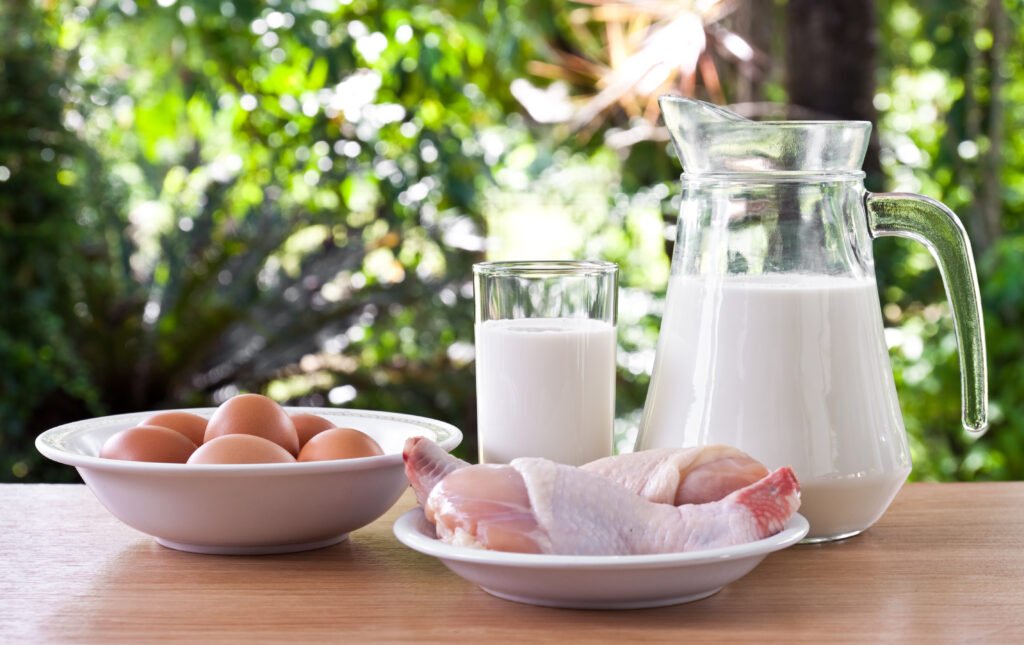
1. Eggs: Nature’s perfect protein package
Eggs have made a big comeback in nutrition circles after years of unwarranted concern about their cholesterol content.
Current research shows that eggs:
-Provide high-quality protein (about 6 g per egg).
-Contain all nine essential amino acids.
-Keep you feeling full for hours after eating.
-May boost metabolism through the thermic effect of protein.
A landmark study published in the International Journal of Obesity found that participants who ate eggs for breakfast lost 65% more weight than those who ate a bagel for breakfast with the same calorie content. The researchers attribute this to the superior satiety effect of eggs.
2. Greek Yogurt: Creamy Protein Powerhouse
Greek yogurt contains about twice the protein of regular yogurt, making it an exceptional weight-loss food.
A 6-ounce serving provides:
-15-20 grams of high-quality protein.
-Probiotics that support gut health.
-Calcium, which may aid in fat metabolism.
-A creamy texture that satisfies cravings.
Dr. Michael Torres, director of the Institute for Nutritional Sciences, notes:
“Greek yogurt’s high protein content and beneficial bacteria create a two-pronged approach to weight management — the protein helps control hunger, while the probiotics may improve gut health, which emerging research suggests plays a key role in weight regulation.”
3. Lean Poultry: Filling Up on Protein Without the Excess Calories
Chicken and turkey breast are staples in effective weight-loss diets because they:
-Provide exceptional protein-to-calorie ratios.
-They contain minimal saturated fat.
-They are incredibly versatile in recipes.
-They help preserve lean muscle mass during calorie restriction.
A 3-ounce serving of skinless chicken breast provides about 26 grams of protein for only 128 calories, making it one of the most efficient protein sources available.
Check out 7 Science-Backed Tips for Managing Hunger and Appetite.
High-fiber foods that aid in weight management
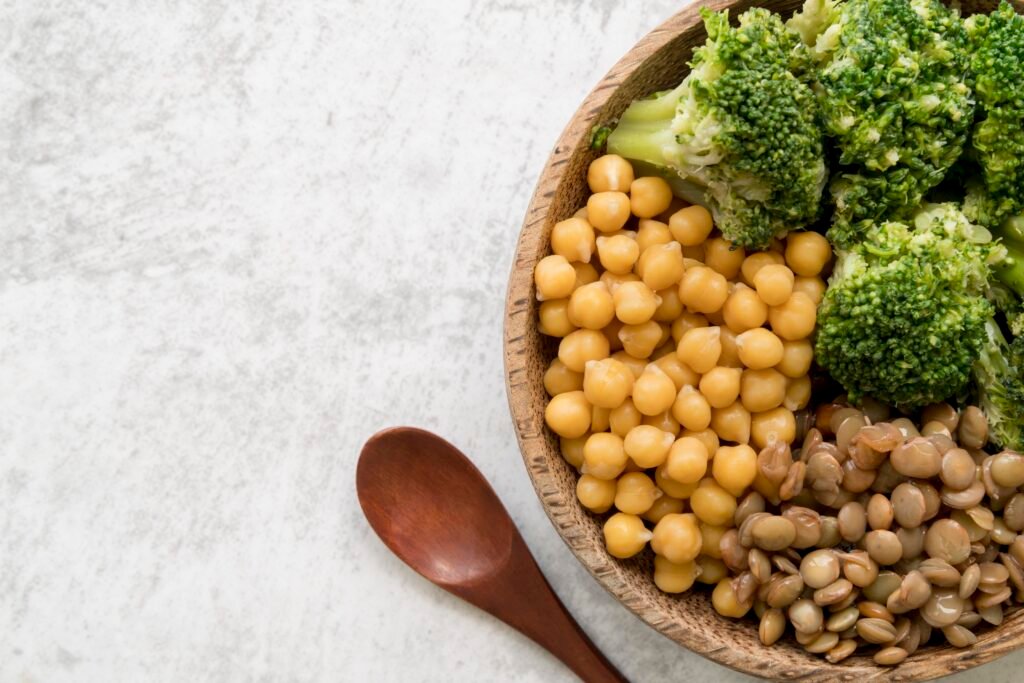
4. Beans and Legumes: The Fiber and Protein Combo
Beans, lentils, chickpeas, and other legumes offer a powerful weight-loss combination of:
-Plant-based protein (7-9 g per 1/2 cup).
-Soluble and insoluble fiber (5-8 g per 1/2 cup).
-Low glycemic impact for stable blood sugar.
-Resistant starch that feeds beneficial gut bacteria.
Research from the American Journal of Clinical Nutrition found that adding just 3/4 cup of legumes daily led to an additional 0.75 pounds of weight loss over 6 weeks, even without other dietary changes.
5. Berries: Sweet Satisfaction with Minimal Sugar Impact
Berries like strawberries, blueberries, and raspberries offer exceptional nutritional value for weight management:
– High water and fiber content for natural satiety.
– Low calorie density (only 50-85 calories per cup).
– Antioxidants that may support metabolic health.
– Natural sweetness that satisfies cravings.
Their high fiber content makes berries particularly effective for weight loss. One cup of raspberries provides 8 grams of fiber but only 64 calories, helping you feel full while keeping your calorie intake low.
6. Leafy Greens: Unlimited Volume, Minimal Calories
Spinach, kale, Swiss chard and other leafy greens are perhaps the most calorie-efficient foods available:
-Extremely low in calories (about 7 calories per cup raw).
-High in fiber and water for maximum satiety.
-Packed with micronutrients that support metabolic processes.
-Versatile additions to meals and smoothies.
Professor Sarah Williams of the Nutrition Research Institute says:
“Leafy greens allow you to add substantial volume to meals without significantly increasing calories, which helps satisfy the visual and physical aspects of hunger while providing essential nutrients that may be lacking in restrictive diets.”
Foods and Spices That Boost Your Metabolism
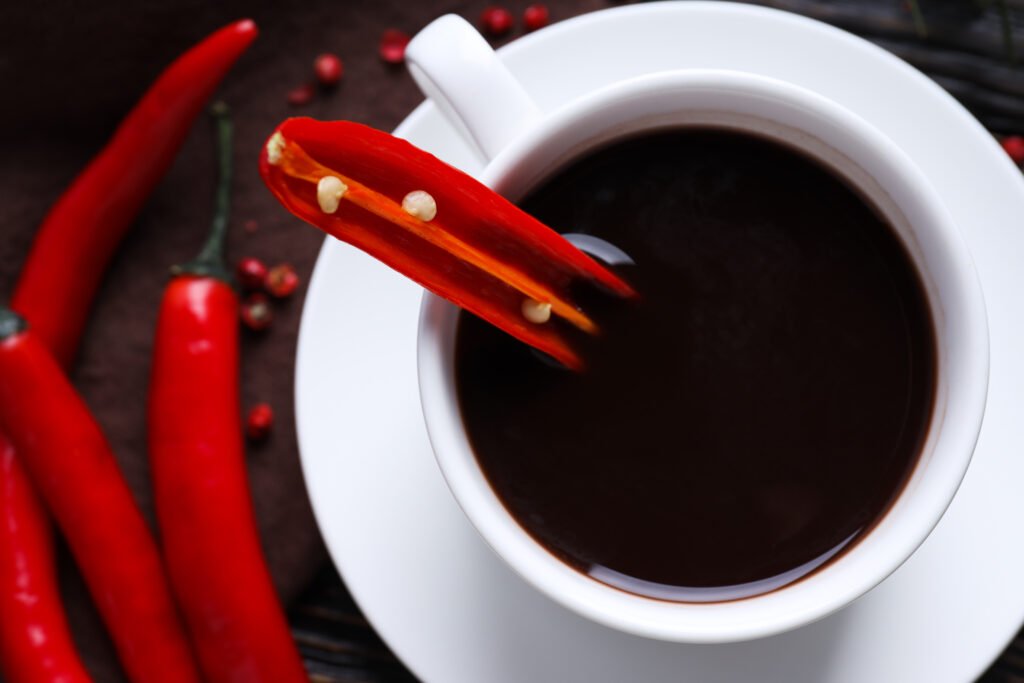
7. Chili Peppers: Fat-Burning Heat
Chili peppers contain capsaicin, a compound that gives them their characteristic heat and offers notable weight-loss benefits:
-Temporarily increases metabolic rate after consumption.
-May increase fat oxidation (burning).
-Slightly reduces appetite.
-Adds flavor without calories.
A review in the International Journal of Obesity found that regular consumption of capsaicin significantly increased energy expenditure and fat oxidation, potentially contributing to weight management when combined with other strategies.
8. Green Tea: Catechins for Fat Oxidation
Green tea provides a unique combination of caffeine and catechins (particularly EGCG) that aid in weight loss through:
-Mild thermogenic (heat-producing) effects.
-Improved fat oxidation, especially during exercise.
-Improved insulin sensitivity.
-Minimal calories per serving.
Several studies have shown that green tea extract can increase energy expenditure by 4-5% and fat oxidation by 10-16%, making it a valuable addition to a weight management plan.
Foods That Stabilize Blood Sugar and Control Hunger
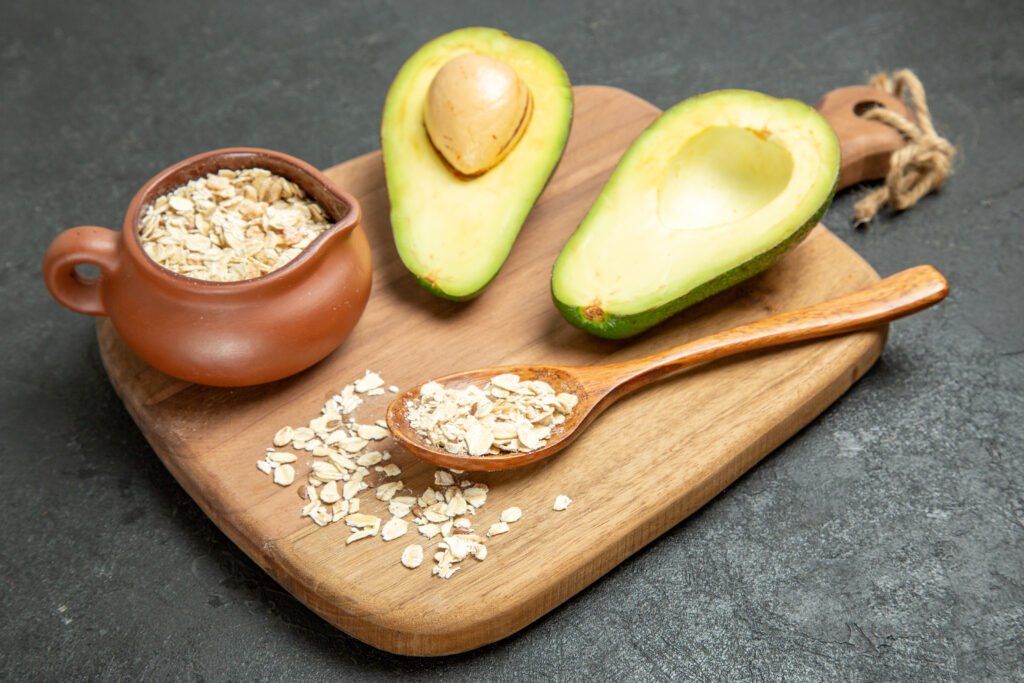
9. Avocados: Healthy Fats for Satisfaction
Despite their relatively high calorie content, avocados support weight management through:
-Heart-healthy monounsaturated fats that increase satiety.
-Fiber content (about 10g in a whole avocado).
-Low-carb impact.
-Nutrients that support metabolic health.
A study published in the Nutrition Journal found that adding half an avocado to lunch increased satisfaction by 23% and reduced cravings by 28% over a three-hour period compared to a standard lunch.
10. Nuts: Crunchy, Craving-Curbing Satiety
Nuts like almonds, walnuts, and pistachios may seem counterintuitive for weight loss due to their calorie density, but research consistently shows that they:
-Boost metabolism through their protein content.
-Improve satiety despite their small size.
-Contain fiber that feeds beneficial gut bacteria.
-Provides healthy fats that reduce inflammation.
Interestingly, studies show that not all of the calories in nuts are absorbed by the body, and people who eat nuts regularly tend to weigh less than those who don’t.
11. Oats: Sustained Energy Without Blood Sugar Spikes
Oats contain a special form of soluble fiber called beta-glucan that:
-Forms a gel-like substance in the digestive tract.
-Slows the digestion and absorption of carbohydrates.
-Keeps blood sugar levels stable. -Promotes feelings of fullness for hours.
A curiosity uncovered by our research was that a study published in the Journal of the American College of Nutrition found that people who ate oatmeal for breakfast reported significantly less hunger compared to those who ate ready-to-eat breakfast cereal, despite consuming the same number of calories.
Low-Calorie, Nutrient-Rich Options

12. Cottage Cheese: Casein Protein for Nighttime Appetite Control
Cottage cheese offers unique weight-loss benefits:
-High in casein protein, which digests slowly.
-Keeps amino acid levels high for hours.
-Low in calories (about 160 calories per cup).
-Versatile in both sweet and savory recipes.
The slow-digesting nature of casein protein makes cottage cheese particularly effective as a nighttime snack, as it provides a steady stream of amino acids throughout the night, potentially supporting muscle maintenance while you sleep.
I already love cheese, so adding this to my routine will be a big deal!!
13. Cruciferous Vegetables: Filling Fiber and Detox Support
Broccoli, cauliflower, Brussels sprouts, and cabbage are all great weight-loss foods because they:
-Contain fiber that promotes satiety.
-Have an extremely low calorie density.
-Supports the liver’s detoxification pathways.
-Contains compounds that may help balance estrogen.
Dr. Lisa Chen, a renowned nutritionist specializing in plant-based nutrition, explains:
“Cruciferous vegetables not only provide physical satiety through their fiber content, but they also support the body’s natural detoxification processes, which can be important during fat loss since certain environmental toxins are stored in fat tissue.”
14. Apples: Portable Satiety in a Convenient Package
Apples are among the most effective fruits for weight management due to:
-High water and fiber content.
-Pectin fiber that forms a satiety-promoting gel.
-Relatively low sugar impact compared to many fruits.
-Convenient portability for snacking.
A study in the journal Appetite found that eating an apple before a meal reduced overall calorie intake at that meal by 15 percent, likely due to its fiber and water content, which fills the stomach and triggers satiety signals.
What’s your favorite fruit? Leave a comment below, we would love to hear your opinion:
Foods that support a healthy metabolism
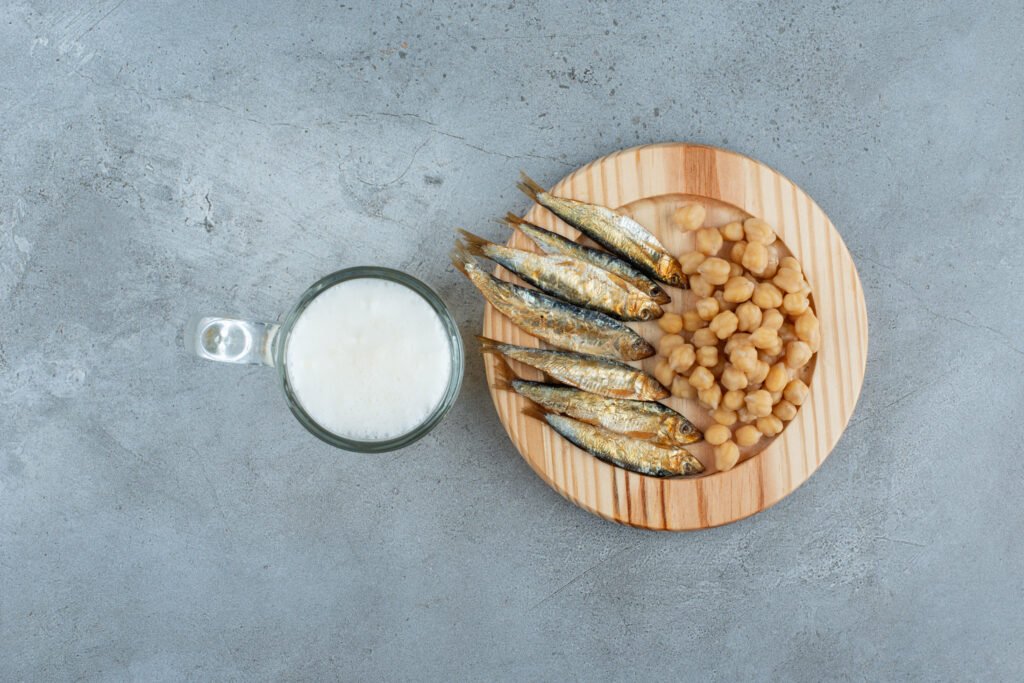
15. Fatty fish: Omega-3s for metabolic health
Salmon, mackerel, sardines, and other fatty fish provide:
-High-quality protein for satiety and muscle preservation.
-Omega-3 fatty acids that may increase fat burning.
-Nutrients that reduce inflammation, which can interfere with weight loss.
-Satisfying flavor and texture that prevent feelings of deprivation.
Research suggests that the omega-3 fatty acids in fish may reduce belly fat storage and improve insulin sensitivity, two key factors in effective weight management.
16. Fermented foods: Probiotics for gut-mediated weight management
Kimchi, sauerkraut, kefir, and other fermented foods support weight loss through:
-Probiotic bacteria that improve the balance of the gut microbiome.
-Increased nutrient absorption.
-Potential regulation of hunger and satiety hormones.
-Anti-inflammatory effects.
Emerging research from the National Institute of Nutrition and Food Technology suggests that specific probiotic strains may help reduce body fat percentage and waist circumference by affecting how the body processes and stores food.
How to incorporate these foods into your weight-loss plan
Simply adding these foods for weight loss to your diet won’t automatically lead to results if your overall calorie intake exceeds your needs. Here’s how to include them strategically:
Build meals around multiple weight-loss foods

Combine several of these foods into single meals to get compounding benefits. For example:
-A salad with leafy greens, grilled chicken, berries, and avocado.
-Oatmeal topped with Greek yogurt, berries, and a small serving of nuts.
-Sautéed vegetables with lean protein and a side of kimchi.
Use These Foods to Replace High-Calorie Options

Make strategic swaps like:
-Greek yogurt instead of sour cream.
-Berries instead of high-sugar fruits.
-Eggs instead of cereal for breakfast.
Practice mindful portion control

Even with these beneficial foods, portion size matters. Pay special attention to the serving size of high-calorie options like:
-Nuts (about 1 ounce or 1/4 cup).
-Avocado (1/4 to 1/2 of a whole fruit).
-Oily fish (3-4 ounce serving).
My Tips for Boosting Your Diet
Based on the information shared, here are some practical tips for incorporating these foods into your routine and boosting your results:
–Prioritize protein at breakfast: Starting the day with eggs or Greek yogurt helps increase satiety and control appetite throughout the day.
–Include vegetables in every meal: Leafy and cruciferous vegetables are great for adding volume to your diet without increasing calories, in addition to providing essential nutrients.
–Bet on healthy snacks: Fruits such as apples and berries, and nuts such as chestnuts, are practical and nutritious options for controlling hunger between meals.
–Vary your protein sources: Alternate between chicken, fish and legumes to ensure a variety of nutrients and avoid monotony in your diet.
–Experiment with spices: Adding pepper and other thermogenic spices to meals can give your metabolism an extra boost.
–Don’t forget to stay hydrated: Drink plenty of water throughout the day to optimize your metabolism and aid digestion.
–Balance with healthy fats: Include avocados and fatty fish in your diet to increase satiety and get essential fatty acids.
–Prioritize whole foods: Oats and other sources of soluble fiber help keep blood sugar levels stable and promote satiety.
–Watch portion sizes: Even with healthy foods, it’s important to control portions to avoid excess calories.
–Cultivate the pleasure of eating: Include foods that you enjoy and that give you pleasure, such as cottage cheese and fermented foods, to make your diet more sustainable in the long term.
Article Notes
This article explores 16 foods that aid weight loss, according to nutritionists and health experts. It details the characteristics that make these foods effective, such as high protein or fiber content, low energy density, and beneficial compounds that boost metabolism and regulate hunger hormones.
The article categorizes these foods, including high-protein options (eggs, Greek yogurt, lean poultry), high-fiber foods (beans, berries, leafy greens), metabolism-boosting foods and spices (chili peppers, green tea), foods that stabilize blood sugar (avocado, nuts, oatmeal), and low-calorie, nutrient-dense options (cottage cheese, cruciferous vegetables, apples). It also discusses fatty fish and fermented foods. The article concludes by providing guidance on how to incorporate these foods into a sustainable weight-loss diet.
Conclusion: Creating Your Sustainable Weight Loss Diet
Our most effective weight management plan incorporates foods for weight loss that you actually enjoy eating. Experiment with different combinations of these 16 science-backed options to find your personal sustainable routine. Remember, consistency is more important than perfection, and building meals around these nutritious foods for weight loss will support your weight goals and overall health.
By focusing on nutrient-dense, satisfying foods for weight loss instead of strict calorie counting, you’re laying the foundation for sustainable weight management that can last a lifetime.
This article has been reviewed by our team of registered dietitians and nutritional scientists to ensure accuracy and alignment with current evidence-based recommendations for weight management.
See you in the next article!
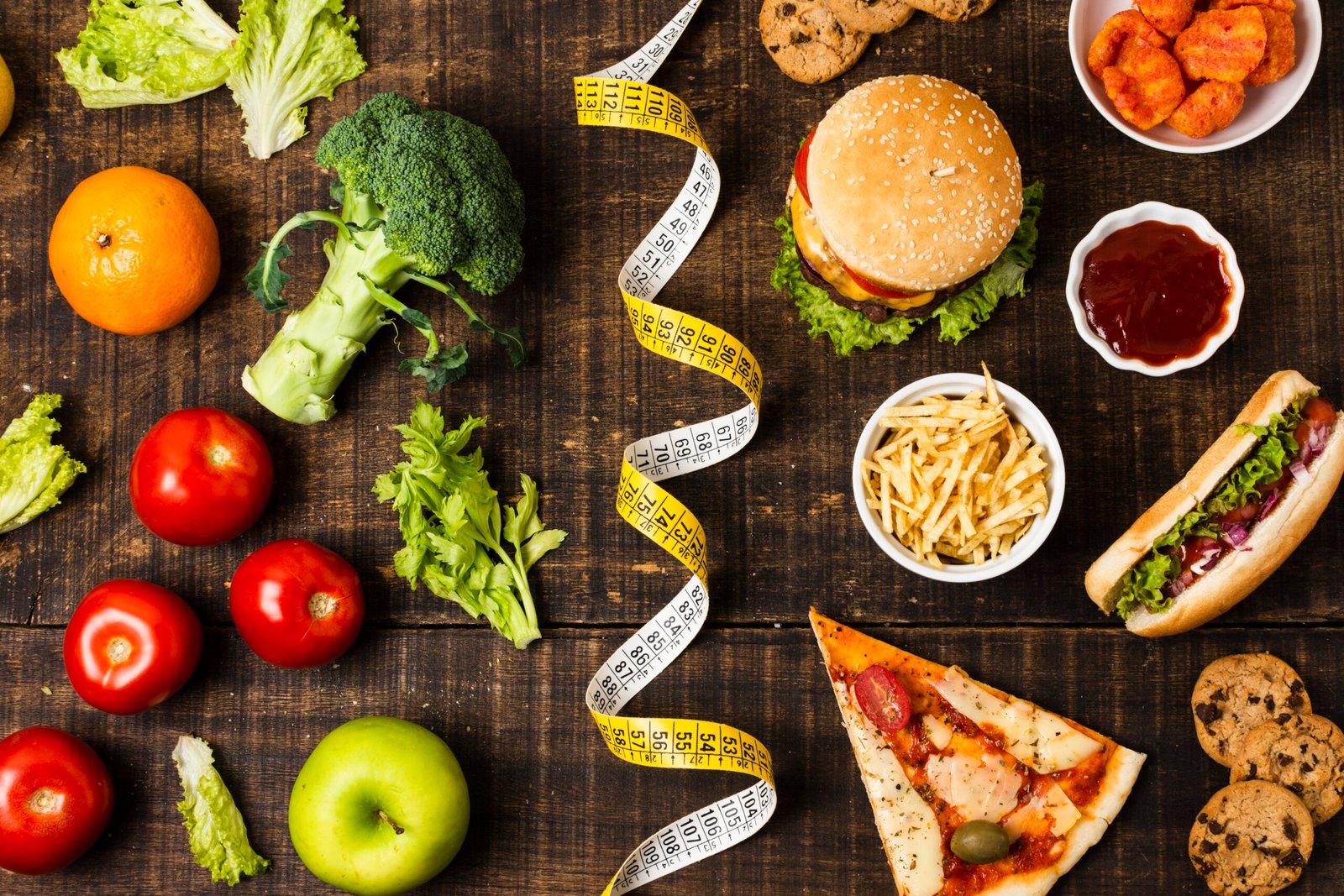
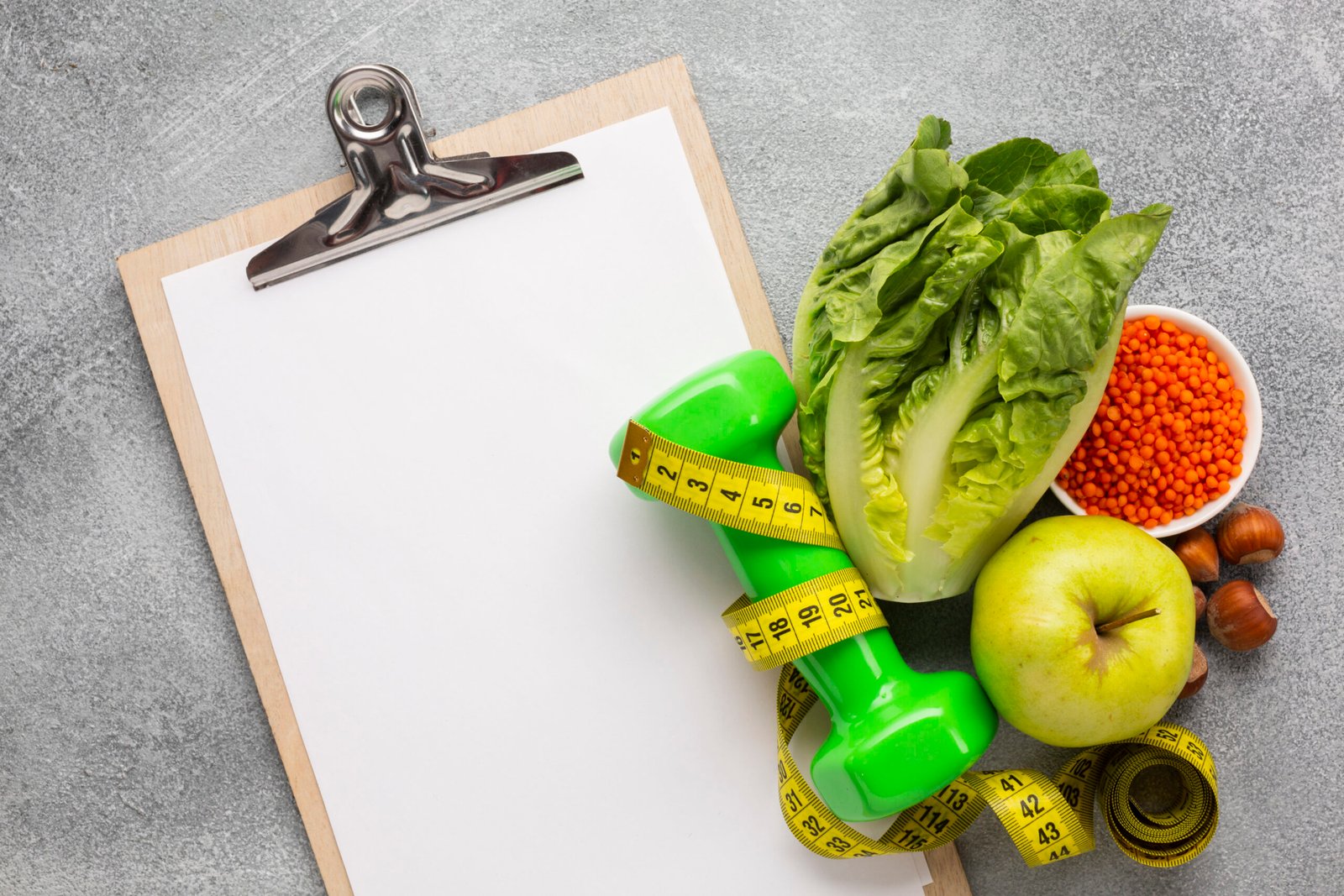











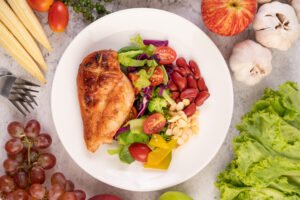
Leave a Reply